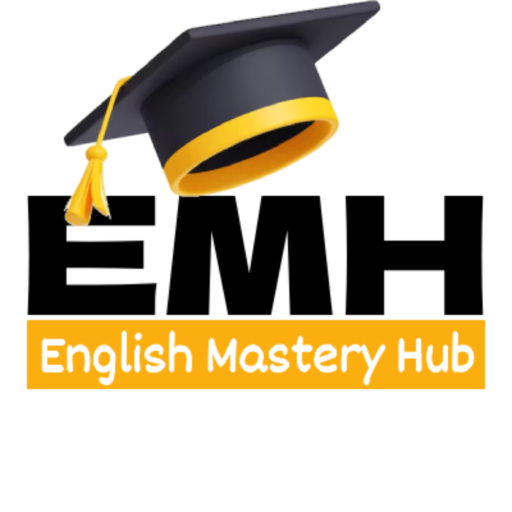
Borders in the Mind: How Migration Redefines Identity
Article Level: B1-B2
Explanation: This article explores how migration reshapes personal and cultural identity. It shows that true borders exist in our minds and that embracing diversity builds understanding and belonging.
Commonly Used Words from the Article
-
Identity /aɪˈdɛntɪti/ (noun): The qualities that make a person who they are.
Migration often changes a person’s sense of identity. -
Belonging /bɪˈlɒŋɪŋ/ (noun): Feeling comfortable and accepted in a group or place.
Everyone needs a sense of belonging. -
Diversity /daɪˈvɜːsɪti/ (noun): A range of different people or things.
The city’s diversity makes it rich in culture. -
Culture /ˈkʌltʃə/ (noun): The customs, arts, and way of life of a society or group.
Learning a new culture takes time and patience. -
Empathy /ˈɛmpəθi/ (noun): The ability to understand how others feel.
Migration can teach empathy and understanding.
Audio File of the Article
Read more: Borders in the Mind: How Migration Redefines Identity

Borders in the Mind: How Migration Redefines Identity
In a world where people move more freely than ever before, the idea of borders has become more complex. Physical borders may separate countries, but the real transformation often happens in the mind. Migration is not only about crossing land or sea; it is also about crossing emotional and cultural boundaries. It changes how people see themselves and how they are seen by others.
For many migrants, leaving home means more than changing location. It means creating a new identity that mixes the old with the new. A person may speak one language at home and another at work. They may keep their traditional food, music, and customs while also learning the habits of their new country. This blending can be beautiful but also confusing. Who are you when you belong to more than one place?
Identity is never fixed; it grows and shifts with experience. Migration brings challenges, such as discrimination, loneliness, or cultural misunderstanding. Yet it also offers opportunities for personal growth and deeper understanding of others. When people live between cultures, they learn flexibility, empathy, and creativity. These qualities make societies stronger and more open-minded.
At the same time, migrants often face pressure to “fit in.” Some may feel that they must give up their old culture to be accepted. Others may feel judged for keeping their traditions. These tensions can create what psychologists call “cultural identity conflict.” Finding balance becomes essential — learning to live with two or more identities without losing a sense of self.
Migration also changes the communities that receive newcomers. Local people may begin to question their own sense of belonging. Seeing new cultures in their neighbourhoods can cause fear or curiosity. But when there is dialogue and understanding, diversity becomes a source of strength rather than division.
Ultimately, the borders that matter most are not the ones on maps but the ones in our minds. When we open those mental borders, we allow new ideas, friendships, and ways of life to grow. Migration shows us that identity is not a single story — it is a journey that keeps evolving. By embracing that truth, we can create a world where belonging is not limited by place but expanded by understanding.

Grammar Notes
-
Grammar Focus: Present Simple and Present Continuous for General Truths and Ongoing Change
-
Present Simple is used for facts and general statements.
-
Example: Identity grows and shifts with experience.
-
-
Present Continuous shows actions or changes happening now.
-
Example: People are learning to live with two or more identities.
-
Mini Lesson:
Use Present Simple for habits, facts, and regular actions.
Use Present Continuous for actions happening now or developing over time.
👉 Example:-
She lives in London now. (fact)
-
She is learning English. (ongoing action)
-
Join Our FREE English Grammar Course and improve your grammar skills!

Five Questions Based on the Article
-
What does the article mean by “borders in the mind”?
-
How does migration influence a person’s sense of identity?
-
What challenges do migrants face when adapting to a new culture?
-
Why can diversity be a source of strength for societies?
-
What is meant by “identity is not a single story”?
Join Our FREE Weekly English-speaking Class and improve your speaking skills!

We’d love to hear your thoughts! Join the conversation by leaving a comment below. Sharing your insights, questions, or experiences can help you connect with others in our English learning community. It’s a great way to practice your English skills, engage with like-minded individuals, and improve together. Don’t be shy—jump in and let’s keep the discussion going!

 EnglishMasteryHub
EnglishMasteryHub